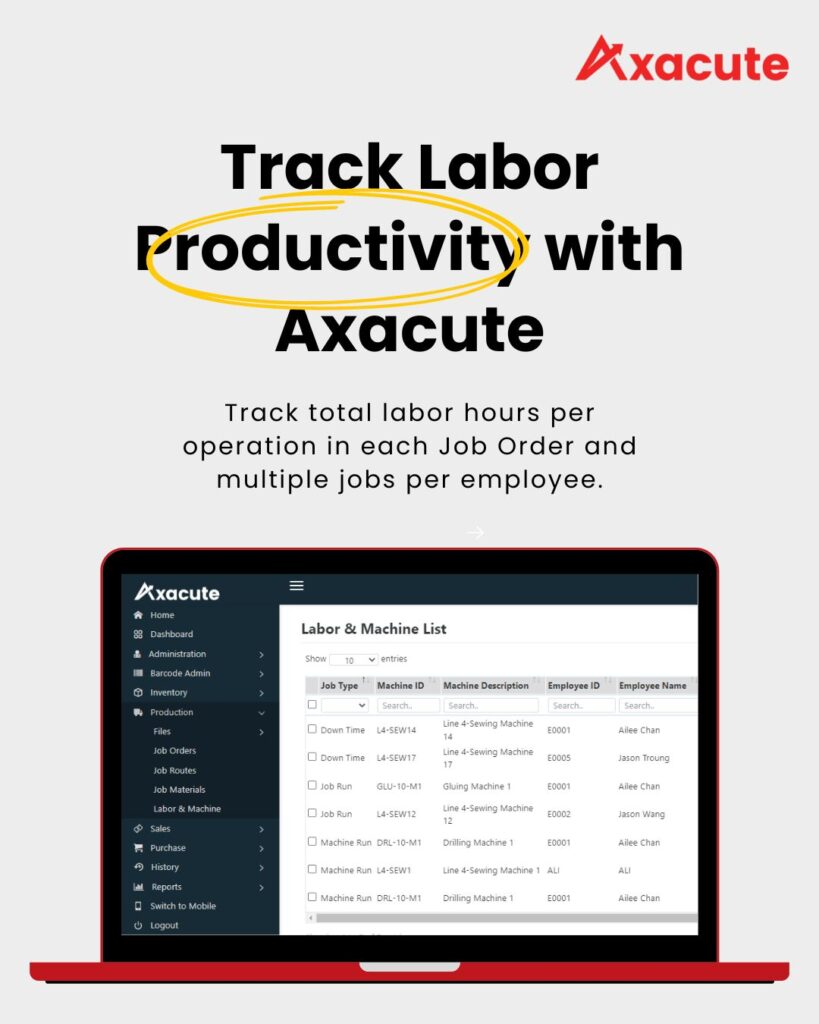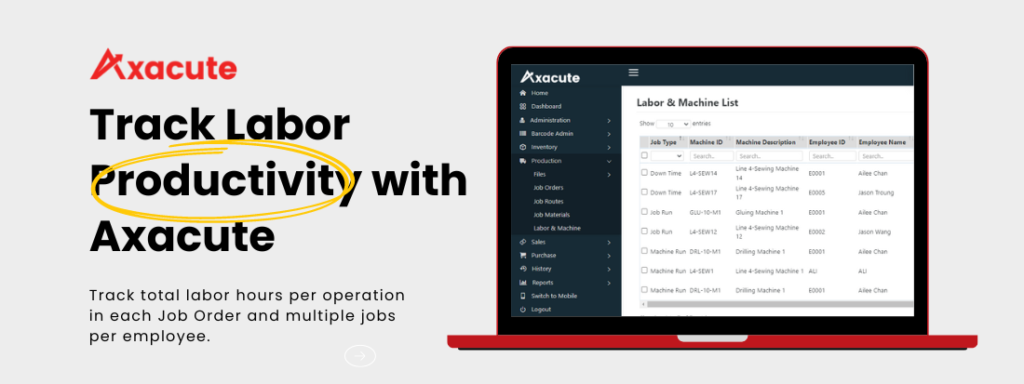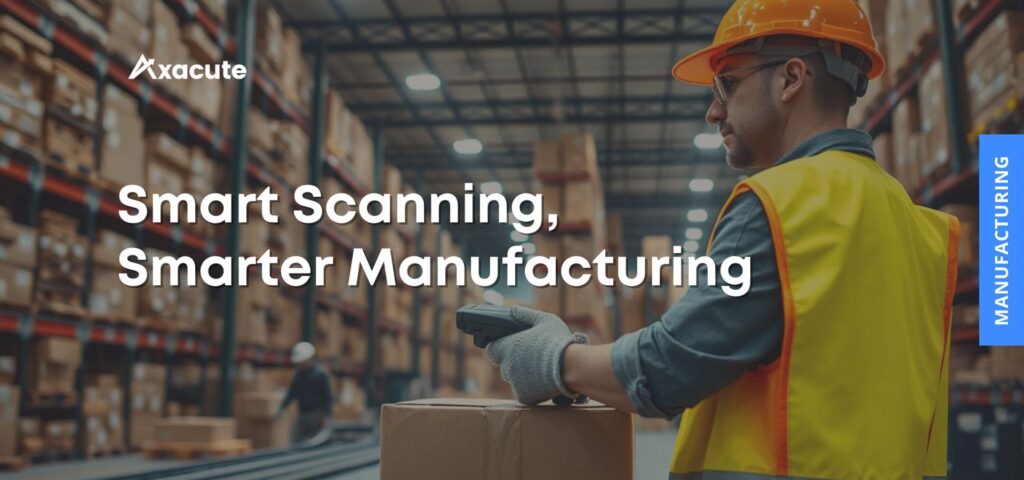What is Labor Tracking? Importance, Benefits and Tools


What is Labor Tracking?
Labor tracking is the process of monitoring and recording the time employees spend on different tasks and projects. As a result, this process enables businesses to accurately measure and manage labor costs. Moreover, it helps improve productivity, and ultimately, it allows organizations to optimize workforce allocation.
The importance of Labor Tracking
Labor costs are one of the most significant expenses for any business. Therefore, proper labor tracking helps businesses manage these expenses, allocate resources efficiently, and ensure they are meeting their budgetary goals. In addition, it provides valuable insights into employee productivity. Consequently, businesses can identify inefficiencies and take corrective action.
Benefits of Labor Tracking
Effective labor tracking provides several benefits to businesses, including:
1. Improved Cost Control
Businesses monitor and record employee time to identify areas where they can reduce labor costs. As a result, they allocate resources more efficiently. In turn, this approach helps them stay on track with their budgetary goals.
2. Increased Productivity
Businesses are given insights into employee productivity. As a result, managers can spot inefficiencies and take corrective action quickly. Furthermore, by setting clear expectations and goals, labor tracking motivates employees to work more efficiently and maintain higher productivity.
3. Better Resource Allocation
When businesses understand how employees spend their time, they can allocate resources more effectively. As a result, each project or task receives the attention it needs to succeed.
4. Accurate Billing and Payroll
Labor tracking ensures that businesses bill clients accurately for the time spent on projects and pay employees fairly for the hours they work. As a result, companies can avoid disputes and reduce the risk of legal issues.

Tools for Labor Tracking
Businesses can use various tools to implement labor tracking, including:
1. Time and Attendance Software
Time and attendance software enables businesses to track employee hours, breaks, and overtime accurately. In addition, these tools adapt to the specific needs of each business and offer valuable insights into employee productivity.
2. Project Management Tools
Project management tools provide businesses with a centralized platform to manage projects and tasks. Moreover, they allow managers to assign tasks to employees, track progress in real time, and monitor the time spent on each project or task.
3. Payroll Systems
Payroll systems automate the payroll process and ensure accurate payments to employees while maintaining compliance with labor laws. In addition, these tools help businesses track employee hours, calculate wages, and manage taxes and other deductions efficiently.
4. Mobile Apps
Mobile apps enable employees to track their time and submit it directly to supervisors for approval. As a result, these tools are especially useful for businesses with remote or mobile workforces.
How to Implement Labor Tracking
Implementing labor tracking requires careful planning and execution. Here are some steps businesses can take:
1. Identify Goals and Objectives
Businesses should first identify their goals and objectives before selecting a tool or method. In doing so, they ensure the chosen solution aligns with their specific needs.
2. Choose a Tool or Method
Once businesses identify their goals and objectives, they can then select a labor tracking tool or method that best meets their needs. For example, options include time and attendance software, project management tools, payroll systems, or mobile apps.
3. Train Employees
Businesses should provide training to employees on how to use the chosen labor tracking tool or method effectively. As a result, data entry becomes more accurate, and employees gain the skills they need to succeed.
4. Establish Policies and Procedures
Businesses should establish clear policies and procedures for labor tracking, including guidelines for data entry, timekeeping, and reporting. In turn, these practices ensure consistency and accuracy in the data collected.
5. Monitor and Analyze Data
Businesses should monitor and analyze the data collected through labor tracking on a regular basis. As a result, they can identify trends, make informed decisions, and optimize their workforce effectively.
Best Practices for Labor Tracking
1. Establish Clear Expectations
Businesses should establish clear expectations for employees, including goals, objectives, and timelines. In doing so, they ensure everyone works toward the same outcomes and employees clearly understand what is expected of them.
2. Use Real-Time Data
Real-time data is more accurate and actionable than information collected at the end of the day or week. Therefore, businesses should use labor tracking tools that deliver real-time data, enabling them to make informed decisions quickly.
3. Monitor for Compliance
Businesses should monitor labor tracking data regularly to ensure compliance with labor laws, including minimum wage, overtime, and breaks. As a result, they can avoid disputes and reduce the risk of legal issues.
4. Regularly Review and Optimize
Businesses should regularly review their labor tracking processes and optimize them for maximum efficiency and accuracy. In doing so, they ensure they are using the best tools and methods for their specific needs.
Challenges
1. Resistance from Employees
Employees may resist labor tracking because they feel it is invasive or undermines trust. To address these concerns, businesses should communicate the benefits of labor tracking clearly and involve employees in the implementation process.
2. Data Accuracy
Data accuracy is crucial for labor tracking to be effective. Therefore, businesses must ensure employees enter data correctly and use the right tools and methods for their specific needs.
3. Integration with Other Systems
Labor tracking must integrate with other systems, including payroll and accounting software, for businesses to gain the most value. As a result, successful integration requires careful planning and execution.
Example of Labor Run with Axacute
Categories
- Axacute Highlights (3)
- Blog (146)
- Distribution (4)
- Features (5)
- Industry (2)
- Inventory (67)
- Manufacturing (72)
- Production (33)
- Technology (30)
- Warehouse (66)
- Wholesale (2)
Related
Benefits of an Inventory Management System
The Hidden Costs of Manual Inventory Management for SMEs
Improve Inventory Management and Cut Waste with Axacute
Smart Scanning, Smarter Manufacturing
Real-Time Warehouse Alerts: How to Prevent Stockouts
Connect Axacute to Your ERP for Smarter Operations
Intelligent Warehouse Setup
Level up your productivity
Get started with Axacute and improve your business operations.








